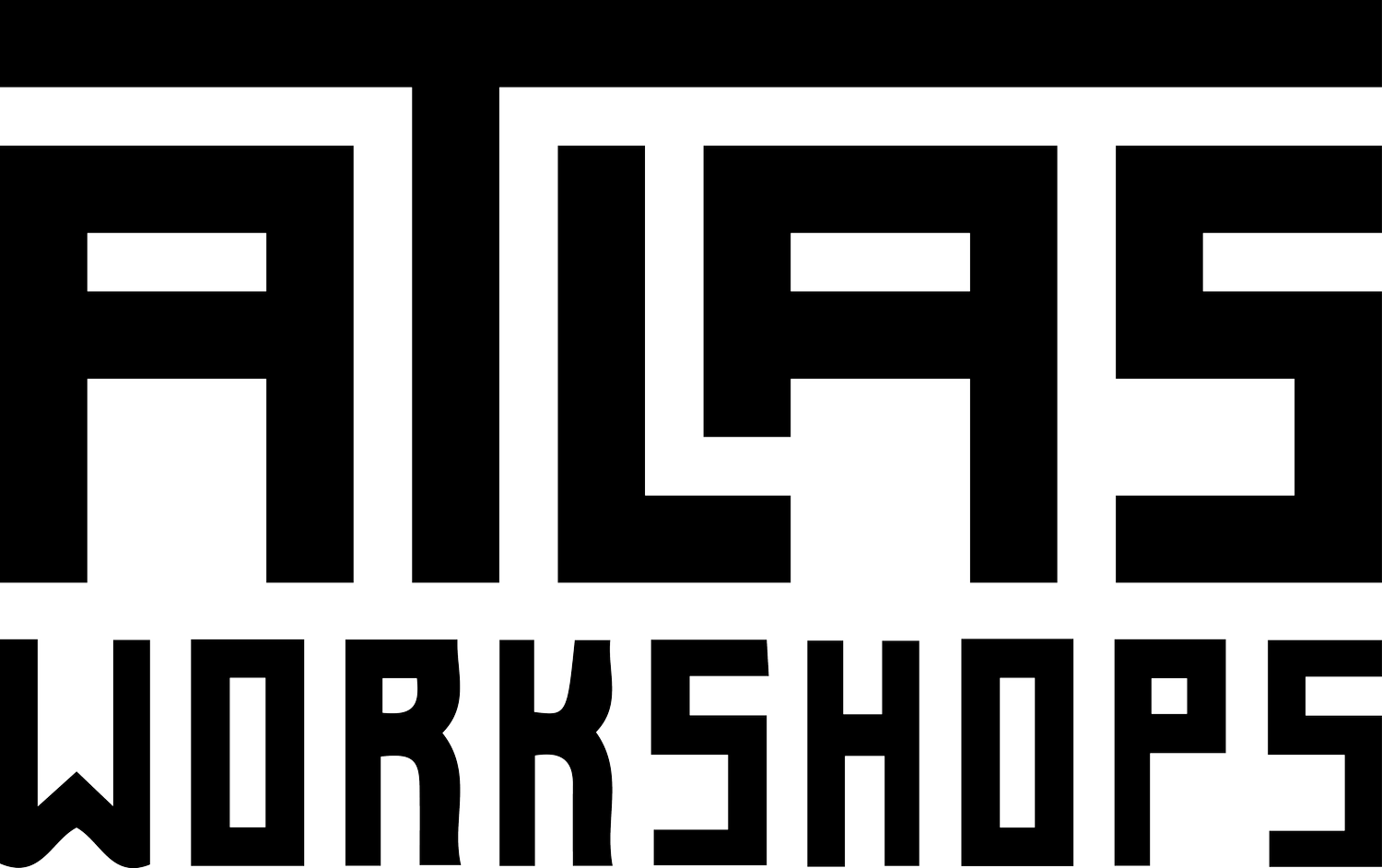Dispatch from the Field: Kuwait
My work with Atlas Workshops takes me all over the world. When I travel I am always trying to understand how a different country or city fits into a larger narrative of geography and history. A recent visit to Kuwait showed me a lot about the small country and its place in the world—but also made me ask broader questions about development and culture.
How Far Can You Travel For a Shake Shack?
Kuwait is one of the richest countries in the world: the small nation of 2.8 million people (about 1/3 the population of Massachusetts) has 10% of the world’s oil reserves. The country has more movie theaters and hamburger restaurants per capita than most cities in the US. But Kuwait is more widely known for its involvement in the first Gulf War in the early nineties, when Saddam Hussein invaded the nation, than its contemporary wealth and ongoing metamorphosis. The capital, relaxed but almost entirely under-construction, is dotted with monuments and structures celebrating the country’s liberation, the support from the global community, and the fall of Saddam Hussein.
As an American visiting Kuwait, I received a warm welcome from everyone I encountered. The country is safe, and friendly; it is home to a major US military base and has virtually no crime. Walking through the old Souk, or traditional marketplace, I was invited into shops and cafes to take photographs of spices, dates, and local fish being braised in the oven. I visited local history museums and afterward enjoyed a cool mint-lemonade by the coast.
In the largest mall in the country, I wound through bright displays of gold jewelry and high-end retail vendors, passing two Shake Shacks (more than Boston), a half dozen Starbucks—and many of the most expensive restaurant chains from the great cities of the world. Unlike the vast marketplaces of Dubai, hardly any of the people I encountered in the mall (or the country) were tourists. My trip to the mall highlighted the widespread wealth in the country, and the accompanying changes in lifestyle. Very few Kuwaitis need to work, which means the country is operated by mostly foreign workers. Fuel is so cheap that though most Kuwaitis drive large cars, they spend only a few dollars to fill the tank. The grand mosque in downtown Kuwait City has a five-story parking garage.
Local Cultures and Global Lessons
I visited several historical museums, including the Kuwait House for National Works Museum, which showed how Kuwait has transformed from its proud Bedouin roots to an ultramodern state through times of peace and war—and lots of oil—telling a complex narrative of globalization, resistance, wealth, and culture.
Wandering through the giant Avenues Mall I saw a handful of Kuwaitis enjoying Red Lobster and Cheesecake Factory—but when I explored the old Souk, every tiny traditional cafe was filled with people. The lifestyles in Kuwait that I encountered seemed a delicate balancing act between foreign and local. And this balance is not uniquely Kuwait. Many countries are dealing with the effects of rapid development and globalization—and so Kuwait became an interesting lens for the rest of the world too. Locally, Kuwait has growing challenges ranging from immigration and health to participation in local and global politics. Globally, Kuwait has a lot to teach about resilience, cooperation, economic growth and stability.
As we begin to announce future workshops, keep an eye out for ideas that shift between in-depth, local engagement to global themes and strategies. Don’t be surprised if Kuwait is on the list of destinations sooner than later.


